Botanist André Schuiteman is one of the first researchers to have explored the Cardamom Mountains in Cambodia. The area, for years a haven for the Khmer Rouge, is largely untouched and contains some unexpected treasures.
The village of Thma Bang in southwest Cambodia is the last outpost of civilization before the primeval forest begins. It was from a Cambodian forest authorities hut not far from here that British orchid researcher André Schuiteman and a colleague embarked on an expedition in November 23, 2013.
The Khmer Rouge ushered in a period of brutal rule in Cambodia. The Cardamom Mountains were one of their last havens.
They were among the first botanists to search the surrounding lush green “Cardamom Mountains” for undiscovered orchid species. Because the region was the scene of a bloody conflict until the late 1990s, people have kept their distance. As a result, its nature has remained largely untouched and intact.
The researchers had just a week to carry out their mission. Every day, they set off in the early hours of the morning, hiking to altitudes of 3,000 meters. Accompanied by members of the forest department and four soldiers with machine guns slung over their shoulders, they waded through rivers and clambered up steep slopes. The armed men were ostensibly there to protect the research team, but Schuiteman says they turned out to be helpful amateur scientists.
“The government didn’t want anything to happen to us,” he told Global Ideas. They could easily have run into smugglers or illegal plant poachers. Luckily they didn’t. But Schuiteman says the soldiers had nothing to do but swing their machetes to clear a path for the among the dense bamboo growth. “They were bored,” he said. “So they helped us to look for plants.”
Schuiteman is a senior Asia researcher at Kew Gardens, in London. The oldest botanical gardens on the planet are home to a vast store of seeds collected from all over the world as a means of safeguarding against species extinction. They also serve as a scientific database for the discovery of new plants.
The samples collected in the Cambodian mountains will be archived in the cold storage at Kew. And there are many of them. On a single day in the jungle, Schuiteman says he discovered a dozen orchid species on a tree near the forest base. “At first I thought they were Porpax elwesii,” the scientist says, referring to well-known orchid variety he found in Laos. Nonetheless, he took three samples back to the UK to inspect them more closely.
Isolated and dangerous
Schuiteman discovered his passion for botany as a young child. Back then, the budding researcher used to spend hours roaming the swamplands around his hometown of Amsterdam, observing birds and looking for plants and insects.
At the age of 14 or 15, he began to breed tropical orchids. The urge to discover new species has taken him all over the world, from Tanzania to Colombia, and Borneo to New Guinea and Laos. The most fascinating thing about the plants, he says, is that there are more than 26,000 different species in the world. He's awed by orchids, which have symbiotic relationships with fungi and complex color and form-based relationships with insects. “It's a bit like a hunt,” he says with a laugh. But he’s right. It takes effort and perseverance to find orchids.
Scientists are keenly aware of the huge potential for new discoveries in the Cardamon Mountains of Cambodia, named after the eponymous spice. As one of the last refuges of the Khmer Rouge, whose rule was characterised by the mass murder of the Cambodian people, the region, like many in the country, was laid with landmines. They are one reason why it has developed in isolation from civilization.
It's only in recent years that researchers have been allowed in at all, and regulations for those who are granted permission are strict. “There are areas in the mountains where there are probably still mines lying around,” Schuiteman says. Nonetheless, he is planning a trip later this year. Such is his desire to find orchids in previously unexplored places.
'We're constantly discovering something'
“We scientists have to hurry up. There aren't too many forests on the planet that are still so untouched and unexplored,” Schuiteman says. Once the primeval forest is destroyed “then it's gone for ever.” He points out that “not every forest is the same even though it might look that way from an airplane.” That's why it's important, he says, to differentiate between forests that have been untouched for tens of thousands of years and those where humans have left their traces.
An old forest has natural gaps, in part caused by dying trees, and that's where liana grow, Schuiteman says. Foliage and branches cover the ground, and the light conditions are optimal. Old, higher trees provide air and space for younger trees, he adds. It's exactly this natural interplay that creates the perfect conditions for his plants.
During his career, the botanist has named 56 varieties of the flower, discovered 30 new species and described another 17. “We're constantly discovering something,” he says. What's surprising, however, is how hard it is to ascertain whether a species is new or known. It can take years.
Plenty of patience needed
The main problem is that the plants aren't generally in flower when researchers find them, but have to be for identification purposes. The plants the team took from the mountains in Cambodia were neither in bloom nor easy to identify. The evening after their return from the primeval forest, the researchers spread their findings out on plastic sheets, then watered and examined them. Once they were back in the UK a week later, they began the process of planting, breeding, waiting and observing.
On November 27, 2014, almost a year after Schuiteman found his samples in the
Cardamon Mountains, a plant suddenly flowered - for a whole week. There was something different about this orchid that prompted Schuiteman to examine it more closely. The roots and the deep red blossom were both a centimeter long, and he discovered colorless warts on the petals. These unusual markings suggested to Schuiteman that he was dealing with a new species.
Although the researcher has a name for his find, it will remain a secret until its DNA has been examined and an artist has drawn its likeness. At that point Schuiteman will officially presents it in a scientific journal. “It will probably take six months,” he says.
Meanwhile there are still plenty of other samples lying untouched in the greenhouses and cooling troughs at Kew, just waiting to surprise researchers when they open their buds and begin to flower.

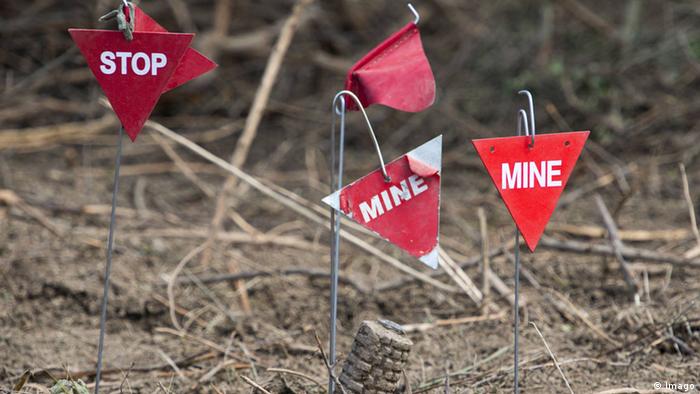
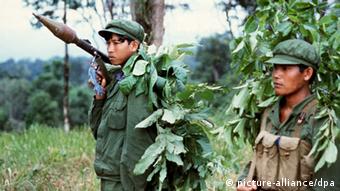
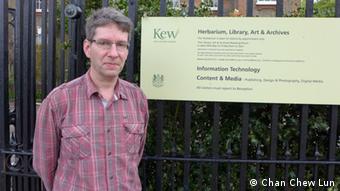
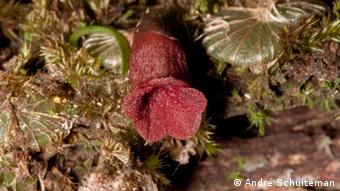
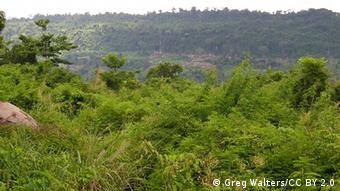
No comments:
Post a Comment